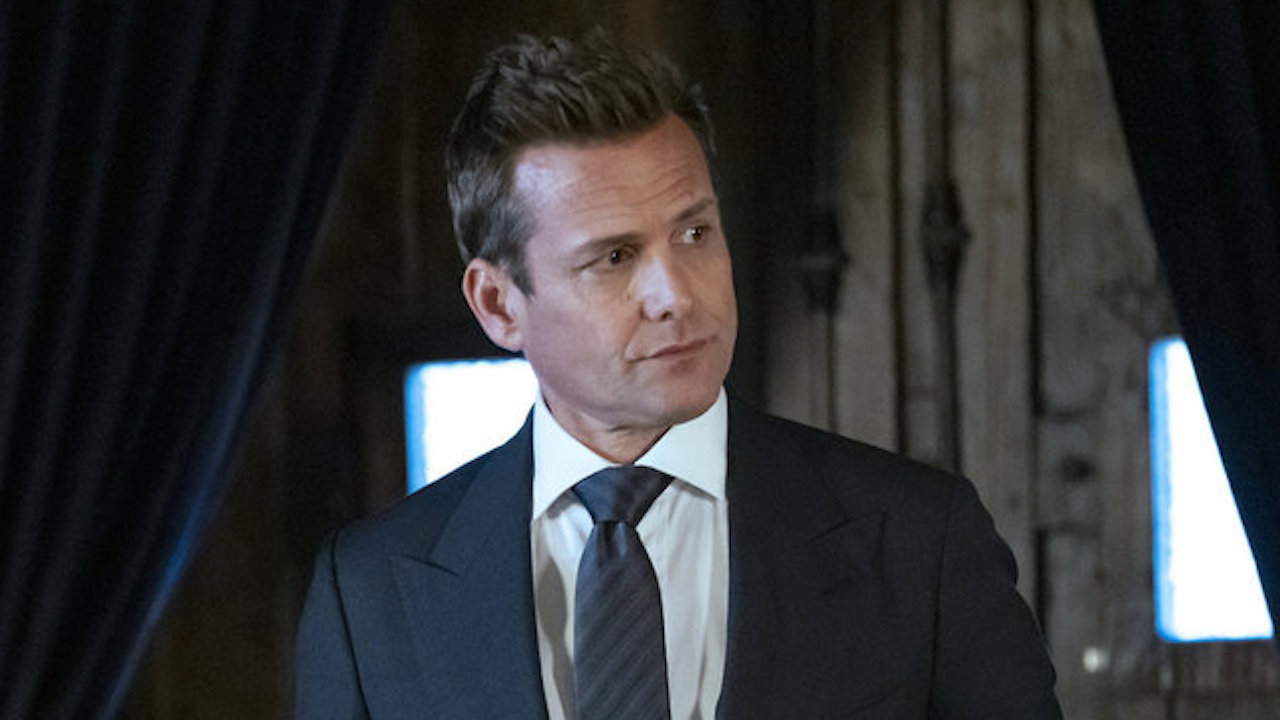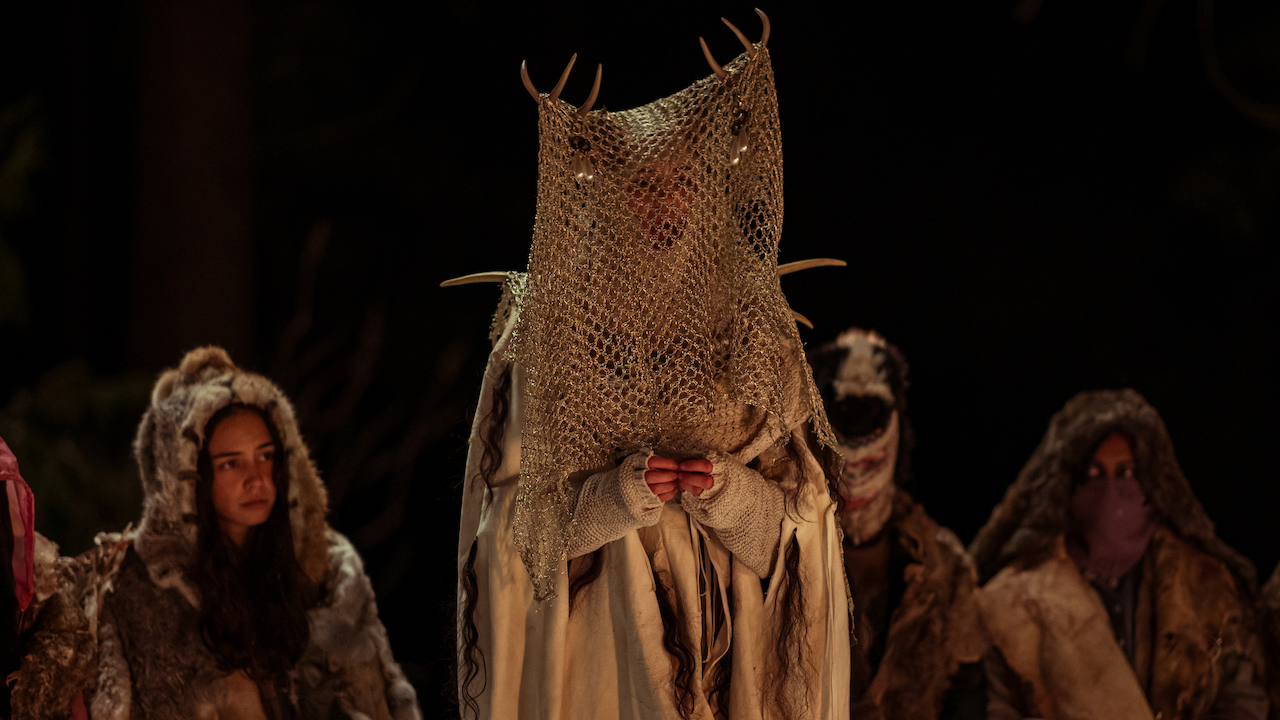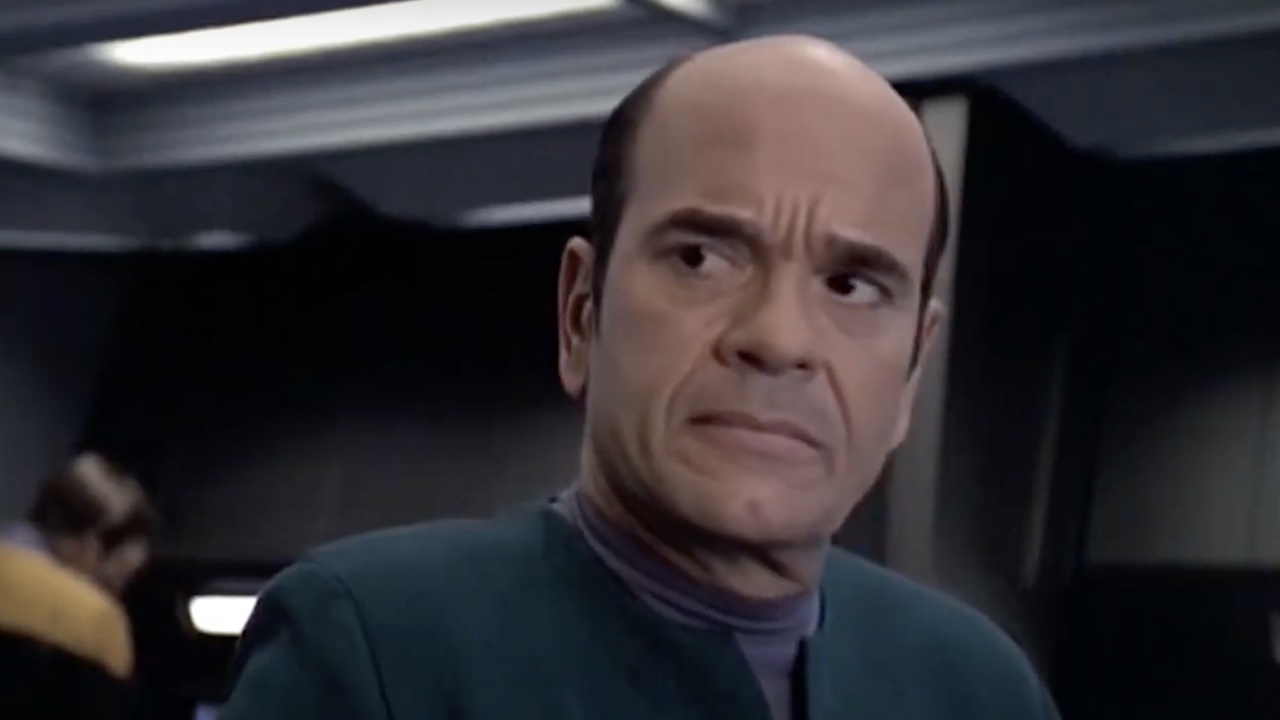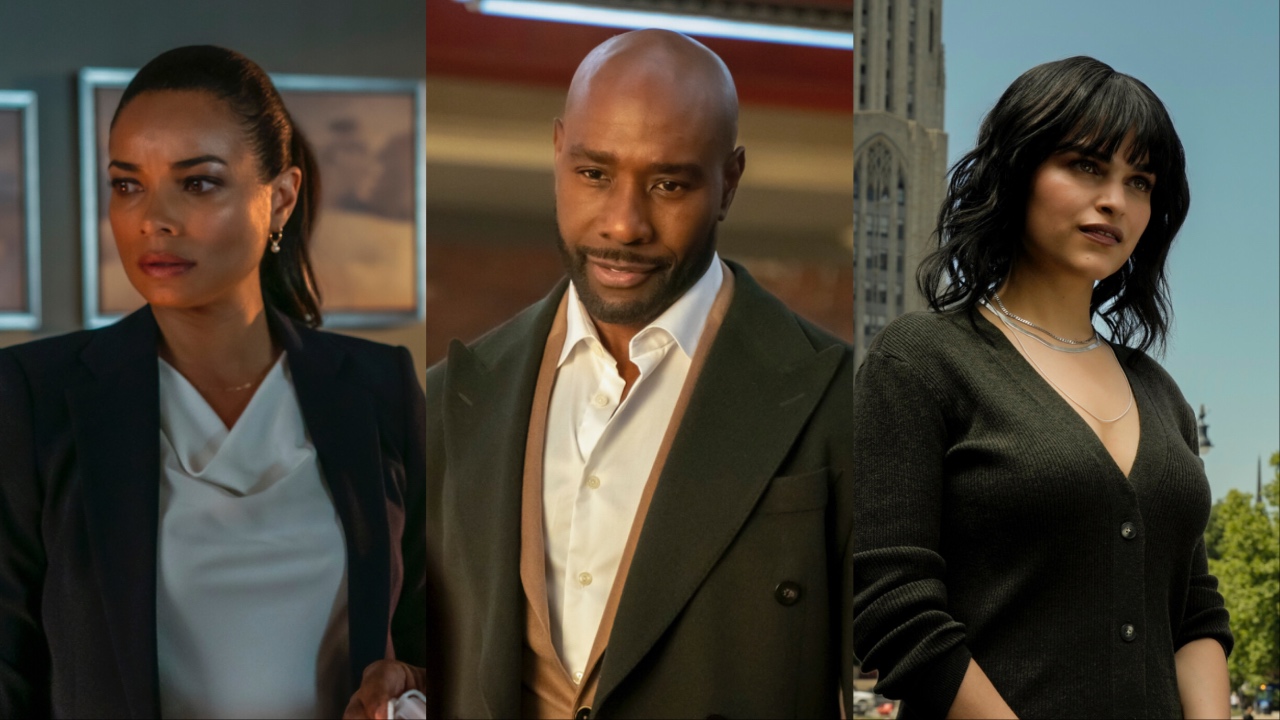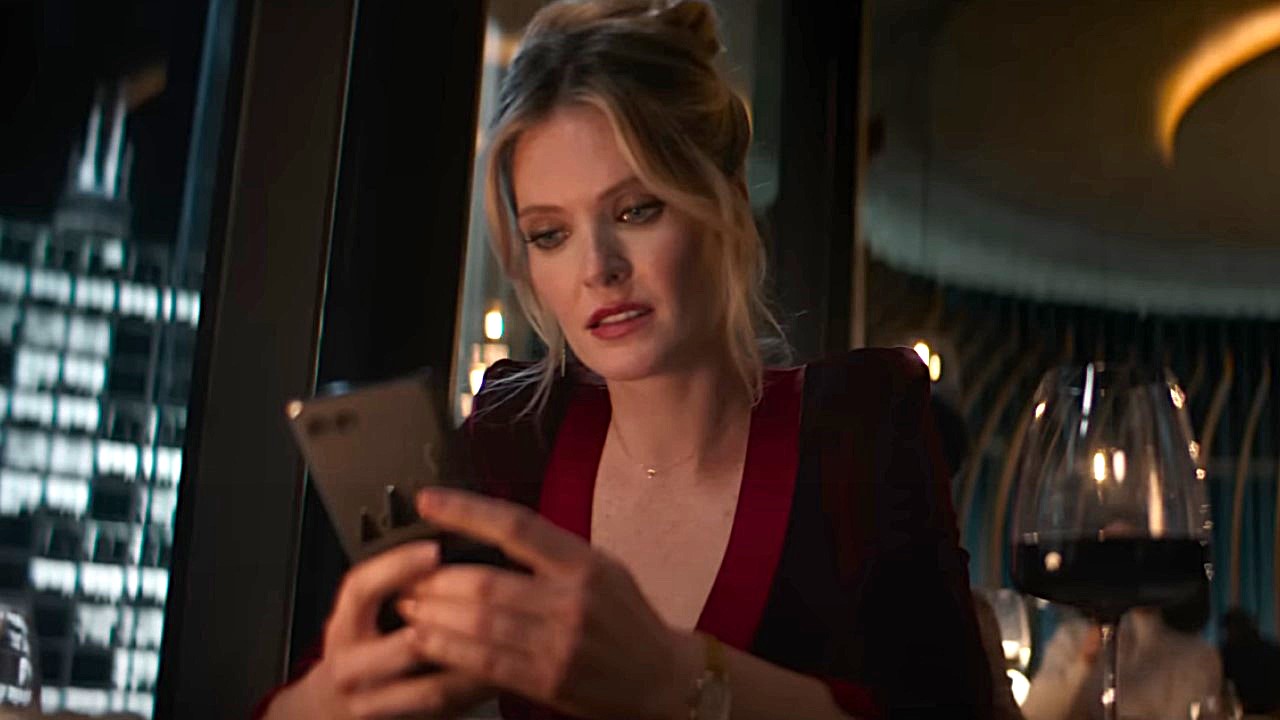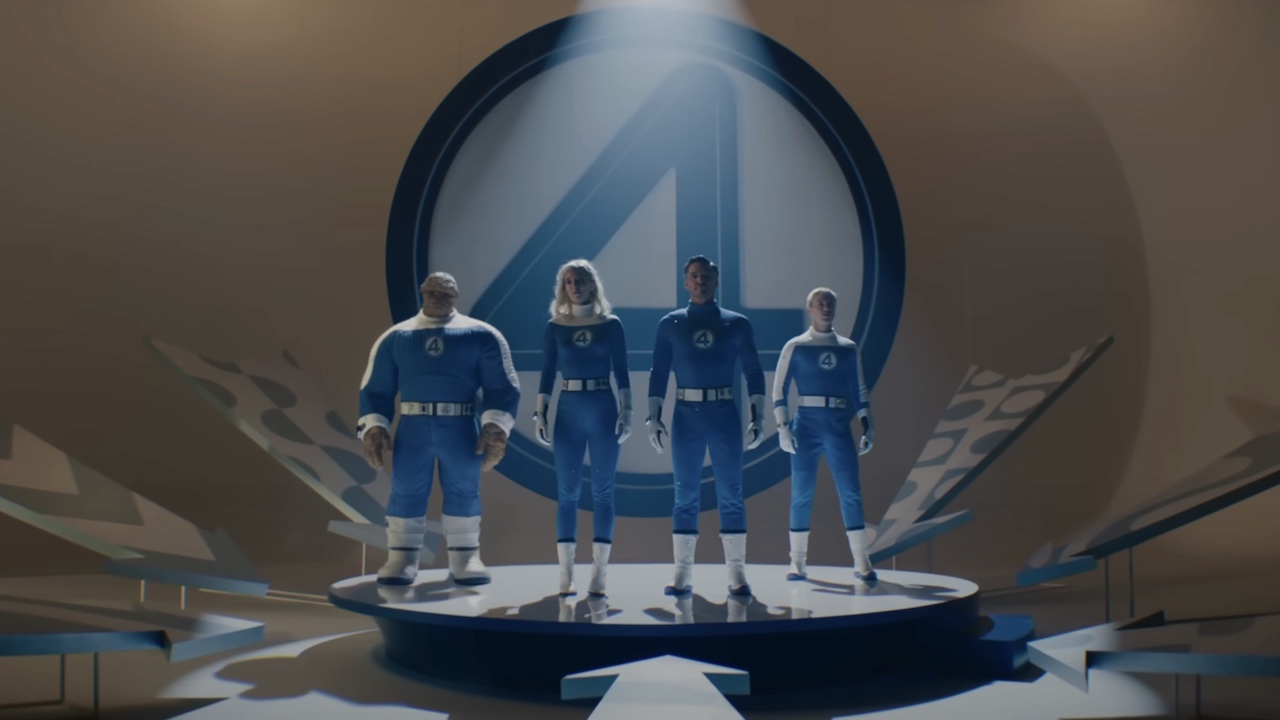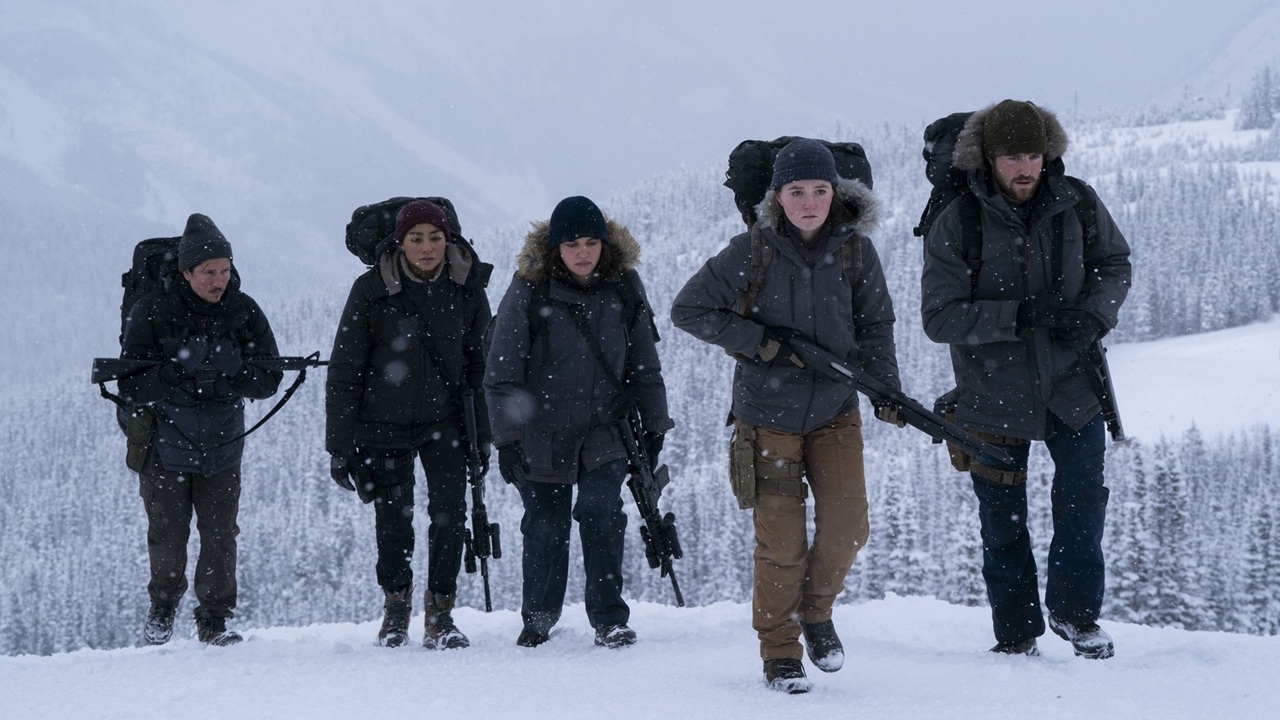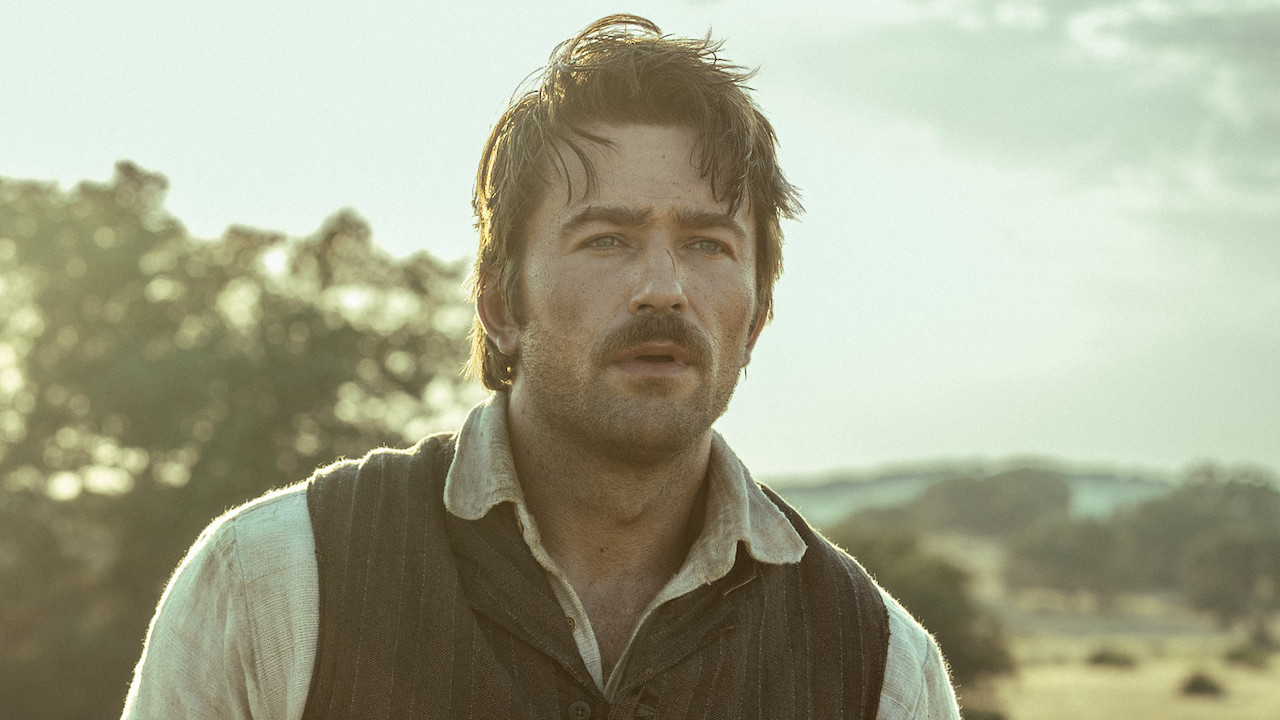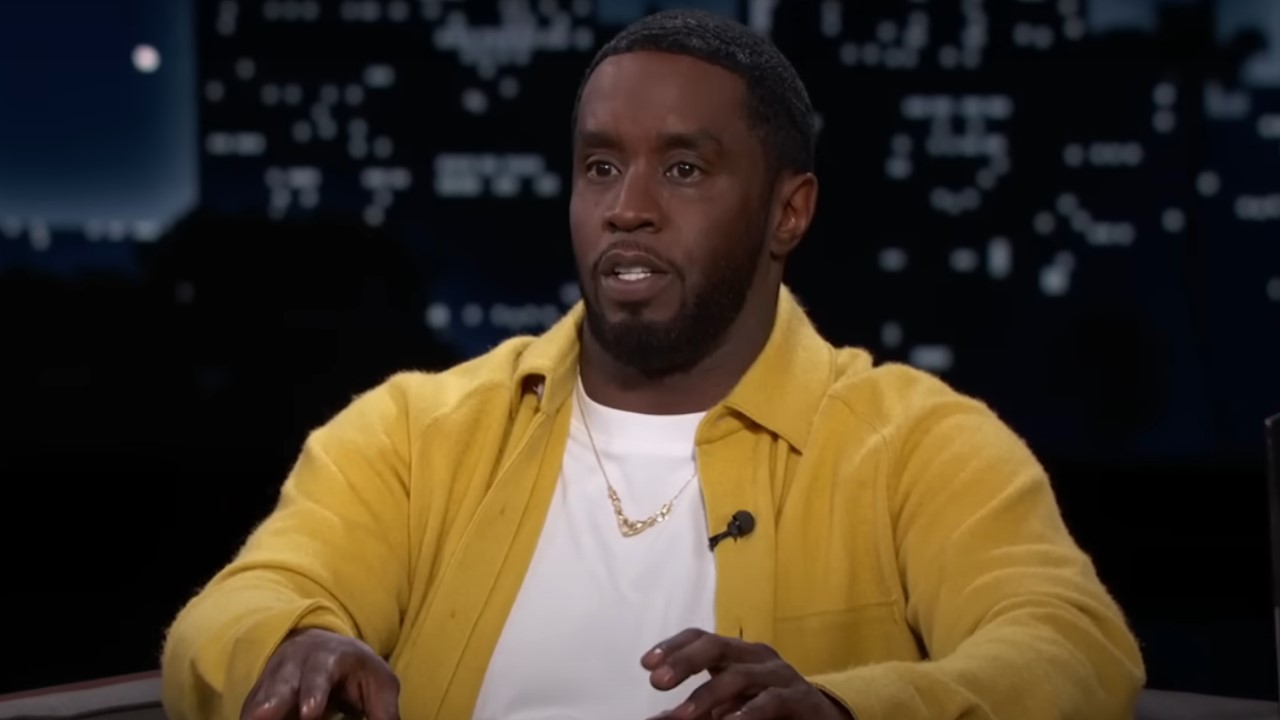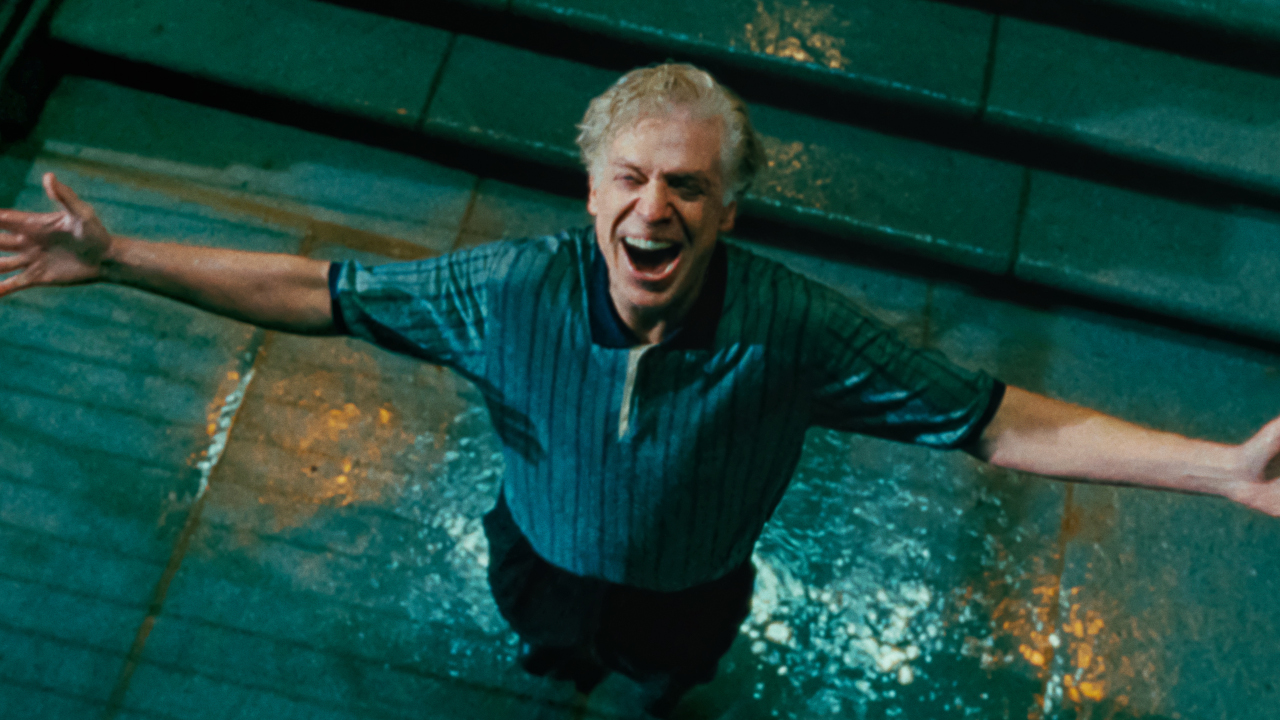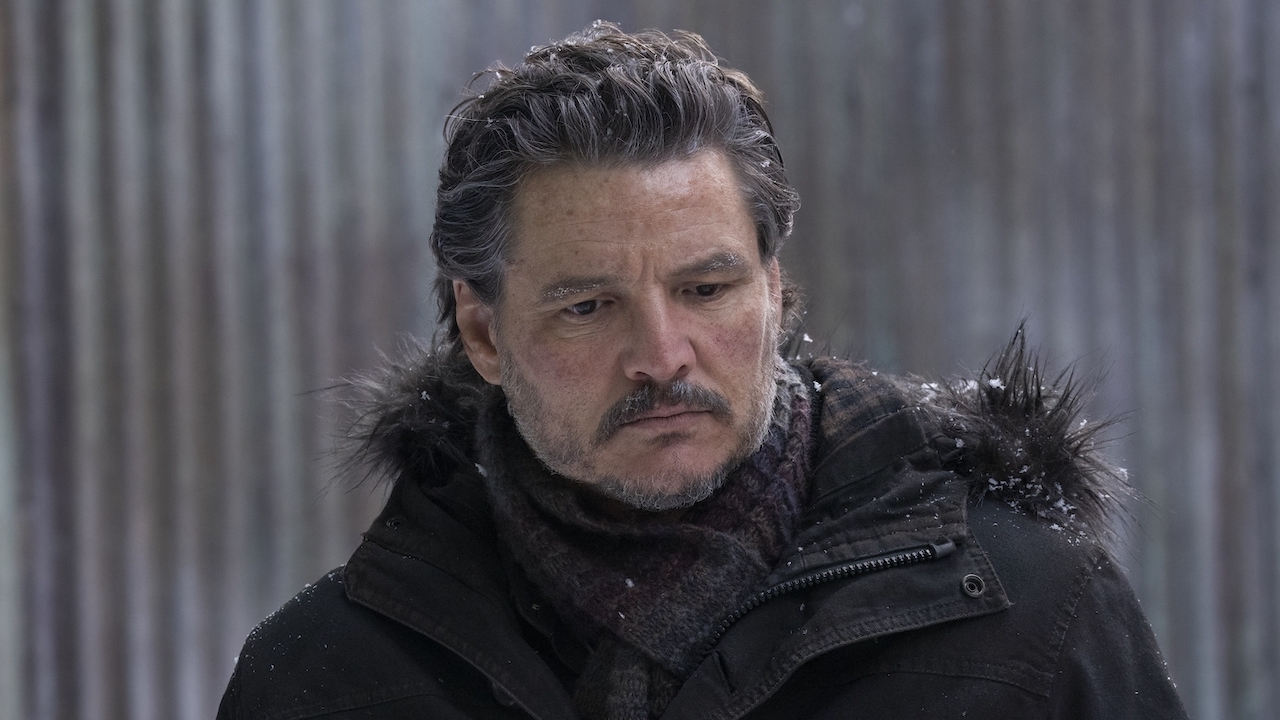New Star Wars Video Shows Exactly How Rogue One Brought Grand Moff Tarkin Back To Life
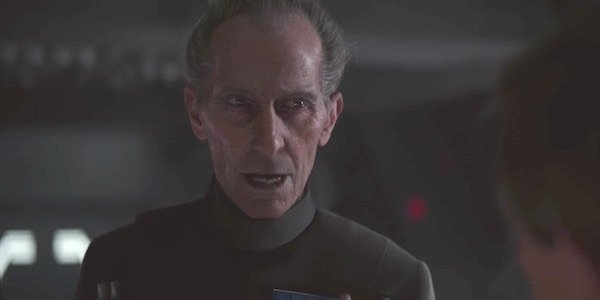
It's hard to believe, but Rogue One: A Star Wars Story arrived in theaters nearly a year ago. The first standalone Star Wars film bridged the gap between the prequel trilogy and A New Hope, and expanded the world of the franchise in an exciting and original way. Rogue One made waves for being a game changer for the franchise, but also got a ton of attention for digitally recreating classic characters through the magic of CGI. And while a younger Carrie Fisher surprised audiences with her appearance, it was the recreation of Grand Moff Tarkin (the late Peter Cushing) that was more present. A new video shows how exactly he was created by the visual effects artists and some motion capture work. Check it out.
Pretty awesome, right? Let's break down exactly what we're being shown in this awesome video by Industrial Light and Magic.
Industrial Light and Magic do the visual effects for a ton of blockbusters, including the Star Wars franchise. Months after the release of each film, the company releases videos that show how much time and effort go into each film. While modern audiences are used to seeing stunning CGI in blockbusters, the amount of work that goes into every single frame often goes over our heads. But Industrial Lights and Magic help to illuminate (no pun intended), what goes into each CGI effect.
Grand Moff Tarkin was recreated for Rogue One: A Star Wars Story years after the late Peter Cushing had past away. In order to bring the iconic Star Wars villain back from the dead, some impressive work had to be done. First the scenes were shot with a physical actor using motion capture technology. Actor Guy Henry (Harry Potter) physically and vocally performed the role during filming. Afterward, it was up to Industrial Lights and Magic to visually craft Cushing's face, using old footage from A New Hope, as well as the mo-cap that occurred while filming. Henry's head is then removed altogether, before the new rendering is replaced it, miraculously bringing Grand Moff Tarkin back to Star Wars in live-action.
The use of CGI to de-age and bring back characters to life was somewhat controversial when Rogue One: A Star Wars story arrived in theaters last December. Some fans found the characters creepy, while others found technology's capabilities miraculous. And when Carrie Fisher unexpectedly passed away shortly after Rogue One's release, many wondered if the franchise would attempt to use CGI in order to keep Leia present in Episode IX. Star Wars and Disney have since denied this idea, but the power of visual effects seems like it may change the way sequels are produced.
Industrial Lights and Magic's fantastic work can be seen when Star Wars: The Last Jedi arrives in theaters on December 15, 2017. In the meantime, check out our 2017 release list to plan your final trips to the movies before the New Year.
CINEMABLEND NEWSLETTER
Your Daily Blend of Entertainment News
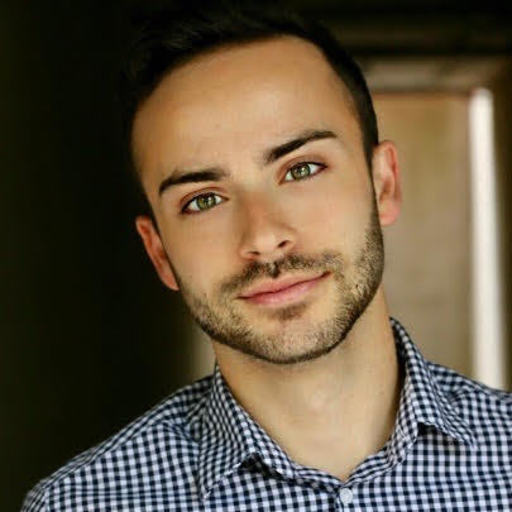
Corey was born and raised in New Jersey. Graduated with degrees theater and literature from Ramapo College of New Jersey. After working in administrative theater for a year in New York, he started as the Weekend Editor at CinemaBlend. He's since been able to work himself up to reviews, phoners, and press junkets-- and is now able to appear on camera with some of his favorite actors... just not as he would have predicted as a kid. He's particularly proud of covering horror franchises like Scream and Halloween, as well as movie musicals like West Side Story. Favorite interviews include Steven Spielberg, Spike Lee, Jamie Lee Curtis, and more.
